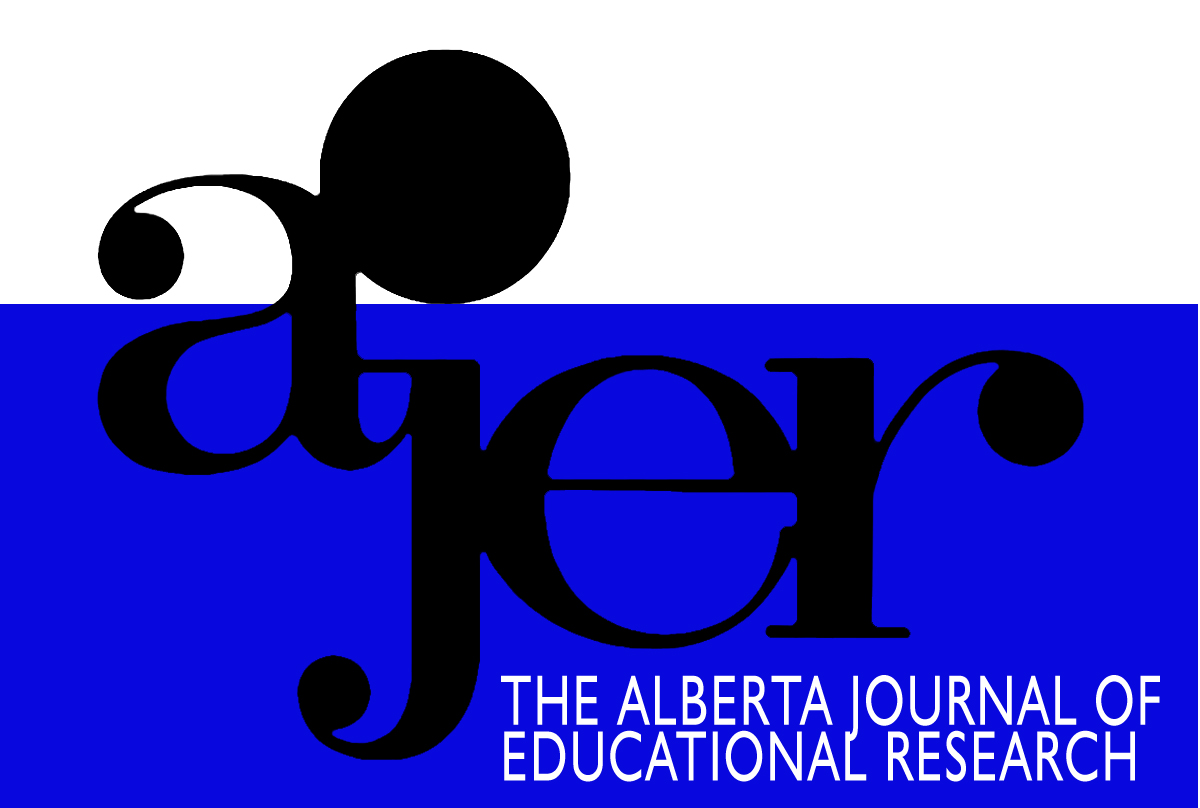A Sample Lesson Study with Pre-School Teachers: Dialogic Story Reading Bags
DOI:
https://doi.org/10.55016/ojs/ajer.v66i4.68017Abstract
The Lesson Study is a professional development model that places teachers at the center of practice and is used in the professional development of teachers who are currently in teacher training or currently in service. In Turkey, the professional development of teachers from various branches is also supported by using this model. However, no previous studies have been found on the use of this model with pre-school teachers. This study was carried out to support and improve the quality of teachers’ picture story reading activities by means of lesson study and therefore support the language and early literacy skills of children. Mixed method design was used in the study by utilizing convergent parallel mixed method design. The study group consisted of 14 teachers employed at two independent kindergartens in Bolu city center and 223 children attending these schools during the 2017-2018 academic year. After obtaining all qualitative and quantitative data, statistical analyses were conducted on the quantitative data and content analysis was performed on the qualitative data. As a result of the study, we determined that dialogic reading bags that are developed through the Lesson Study model support children's language development and early literacy skills. In addition, we determined that the Lesson Study model had a positive impact on pre-school teachers’ professional development.
Key words: dialogic reading, language development, early literacy, lesson study, preschool
L’étude de cours est un modèle de développement professionnel qui met les enseignants au centre de la pratique et qui est employé dans le développement professionnel des enseignants en formation ou en service. En Turquie aussi, ce modèle sert à appuyer le développement professionnel des enseignants dans divers domaines. Toutefois, nous n’avons recensé aucune recherche antérieure portant sur l’emploi de ce modèle auprès d’enseignants au préscolaire. Cette étude a été entreprise pour appuyer et améliorer la qualité des activités liées à la lecture de livres d’images et ainsi appuyer les compétences linguistiques et les habiletés en lecture et écriture de jeunes enfants. L’étude repose sur une modèle mixte parallèle et convergent. Le groupe d’étude était composé de 14 enseignants provenant de deux maternelles indépendantes du centre-ville de Bolu et des 223 enfants qui ont fréquenté ces écoles pendant l’année académique 2017-2018. Suite à la cueillette de toutes les données qualitatives et quantitatives, les données qualitatives ont fait l’objet d’analyses statistiques. Les résultats indiquent que les sacs qui accompagnent la lecture dialogue et qui font partie du modèle de l’étude de cours appuient le développement des compétences linguistiques et des habiletés en lecture et écriture de jeunes enfants. De plus, nous avons déterminé que le modèle d’étude de cours avait un impact positif sur le développement professionnel des enseignants au préscolaire.
Mots clés: lecture dialogique, développement langagier, littératie précoce, étude de cours, éducation préscolaire
Downloads
Downloads
Published
How to Cite
Issue
Section
License
UNIVERSITY OF ALBERTA COPYRIGHT LICENSE AND PUBLICATION AGREEMENT
If accepted, authors will be asked to sign a copyright agreement with the following points:
A. Where there is any inconsistency between this Copyright License and Publication Agreement and any other document or agreement in relation to the same subject matter, the terms of this Agreement shall govern.
B. This document sets out the rights you are granting in relation to publication of your article, book review, or research note entitled (the “Article”) through inclusion in the academic journal titled Alberta Journal of Educational Research (the “Journal”) published through the Faculty of Education, representing the Governors of the University of Alberta (the “Journal Editor”).
C. There will be no payment to you for this publication and grant of rights. In consideration of the agreement to publish the Article in the Journal:
1. You are warranting that:
- the content of the Article is your original work, and its content does not contain any material infringing the copyright of others; or, where the Article is not entirely your original work, you have obtained all necessary permissions in writing to grant the rights you are giving in this agreement;
- the content of the Article does not contain any material that is defamatory of, or violates the privacy rights of, or discloses the confidential information of, any other person;
- the Article has not been published elsewhere in whole or in part, and you will not allow publication of the Article elsewhere without the consent of the Journal Editor;
- the names of all co-authors and contributors to the Article are:
2. You agree to license the copyright in the Article to the Journal Editor, on a worldwide, perpetual, royalty free basis; and to the extent required by the terms of this agreement. You shall retain the right at all times to be acknowledged as the/an author of the Article.
3. You further agree that the Journal Editor has the entitlement to deal with the Article as the Journal Editor sees fit, and including in the following manner;
- The right to print, publish, market, communicate and distribute the Article and the Journal, in this and any subsequent editions, in all media (including electronic media), in all languages, and in all territories, ing the full term of copyright, and including any form of the Article separated from the Journal, such as in a database, abstract, offprint, translation or otherwise, and to authorize third parties to do so;
- The right to register copyright of the Journal;
- The right to edit the Article, to conform to editorial policy as the Journal Editor sees fit.
4. If any co-author or contributor to the Article does not sign this agreement, the Journal Editor reserves the right to refuse to publish the Article.



